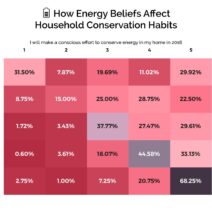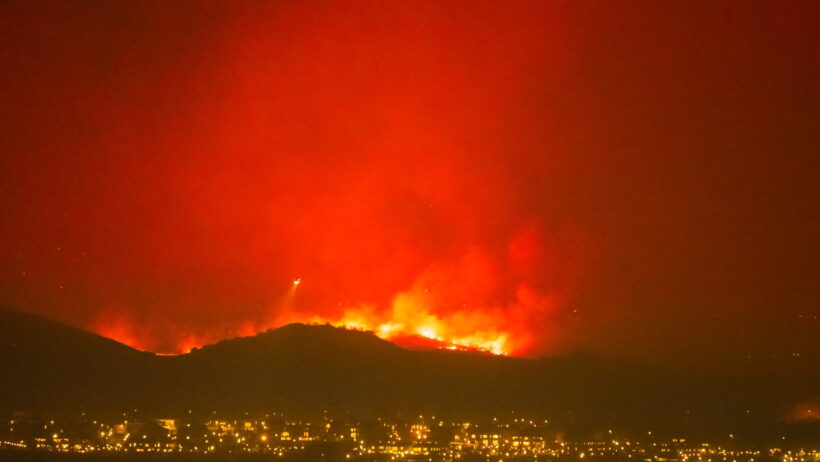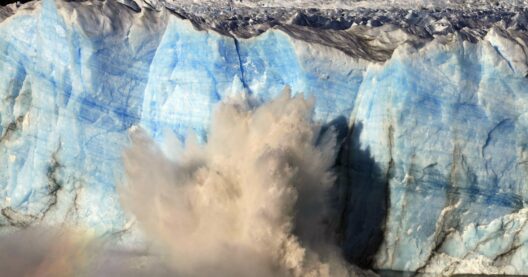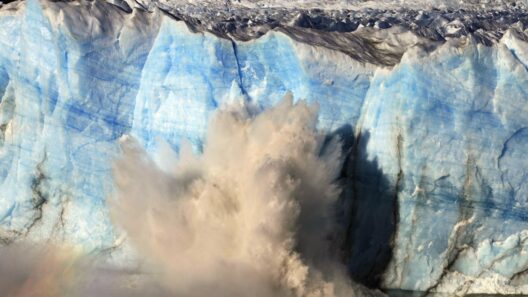California has long been associated with prolonged drought periods, fierce winds, and devastating wildfires. In recent years, the frequency and intensity of these fires have escalated, prompting urgent discussions about their causative factors. A significant proportion of scientists, environmentalists, and governmental entities extensively investigate the intricate link between these catastrophes and global warming.
Wildfires are natural phenomena, often playing a crucial role in maintaining ecosystem balance. They contribute to the regeneration of certain plant species, release nutrients back into the soil, and provide opportunities for new growth. Nonetheless, a delicate equilibrium governs these fires, and when external factors disturb this balance, catastrophic outcomes may ensue. Enter global warming.
The Earth’s climate is undergoing a transformation attributable to anthropogenic activities, chiefly the burning of fossil fuels. This combustion releases greenhouse gases, notably carbon dioxide and methane, into the atmosphere. These gases trap heat from the sun, leading to an uptick in global temperatures. This phenomenon, colloquially referred to as climate change, has far-reaching effects on weather patterns, precipitation levels, and temperature fluctuations. In California, the implications are particularly pronounced. The state has witnessed significant changes in its hydrological cycle—alterations in rainfall patterns and an extended dry season have become increasingly evident.
As the climate warms, dryness intensifies. This aridity creates an environment ripe for wildfires. Calibrating moisture levels in vegetation is critical; when plants become desiccated, they readily ignite, facilitating the rapid spread of fires. The National Interagency Fire Center has reported an alarming increase in the number of acres burned annually in California over the last few decades. Notably, the extensive wildfires of recent years underscore a worrying trend—their intensity and scale one can attribute at least in part to climate change.
Moreover, the phenomenon of climate change extends beyond mere dryness. It amplifies wind patterns and fosters the creation of extreme weather events. Santa Ana winds, a climatic occurrence in Southern California, are notorious for exacerbating fire conditions. These winds, characterized by warm and dry air, can transform an isolated spark into a raging inferno in minutes, particularly when combined with tinderbox-like conditions resulting from prolonged high temperatures.
Another troubling aspect is the synchronous interaction of climate change and urban development. California’s rapid urban expansion often encroaches upon fire-prone wilderness areas, placing homes and infrastructure in direct jeopardy. The burgeoning interface of urban and wild land invites challenging scenarios where firefighters must confront not only the flames but also the risk to human life and property. As climate change fuels ever-more-severe fire conditions, the difficulty of managing these risks increases exponentially.
Scientifically, researchers employ sophisticated climate models to project fire risks attributed to global warming. They utilize historical climate data, fire occurrence records, and ecological insights to forecast potential outcomes. Studies indicate that a one-degree Celsius rise in global temperatures could lead to a doubling of the area affected by wildfires in California. The implications are stark; more extensive wildfires may translate into longer fire seasons that devastate both natural ecosystems and human communities.
Additionally, one must consider the feedback loop inherent in this relationship. Wildfires themselves contribute to climate change by releasing vast quantities of carbon stored in trees and soils back into the atmosphere. This release of carbon further exacerbates global warming, creating a cyclical dilemma that is increasingly difficult to surmount. The 2020 California wildfires alone are estimated to have emitted 124 million metric tons of carbon dioxide—equivalent to the annual emissions of 27 million cars.
Despite the formidable complexities surrounding wildfires and climate change, mitigation strategies emerge from collaborative efforts among scientists, policymakers, and local communities. Initiatives can focus on enhancing forest management practices, including controlled burns and selective logging to reduce excess fuel buildup. Furthermore, expanding investments in renewable energy and enacting stricter emissions regulations could yield long-term benefits in combatting climate change overall and, indirectly, the associated fire risks.
Education and community preparedness undeniably play a crucial role in the overarching strategy. Equipping communities with the tools necessary to respond effectively to wildfires can significantly reduce risks. Public awareness campaigns centered around fire safety, fuel reduction, and emergency planning are vital, fostering resilience against wildfires’ imminent dangers.
In summary, a nuanced understanding of the correlation between California’s wildfires and global warming reveals a multi-layered tapestry woven with climatic, ecological, and societal threads. While wildfires will remain an intrinsic part of California’s landscape, the exacerbating effects of global warming underscore an urgent need for action. Addressing these issues demands a multifaceted approach—a synthesis of scientific rigor, community engagement, and robust policy frameworks, all geared towards creating a sustainable future amidst the realities of climate change.
Ultimately, the question is not merely about whether global warming causes wildfires, but how society can adapt in a changing climate. As the frequency of such natural disasters grows, proactive measures and informed conversations become essential for safeguarding vulnerable ecosystems and human communities alike.








